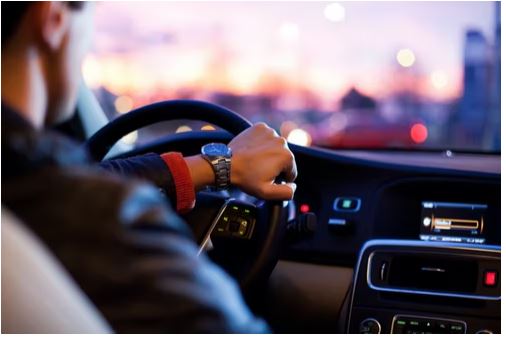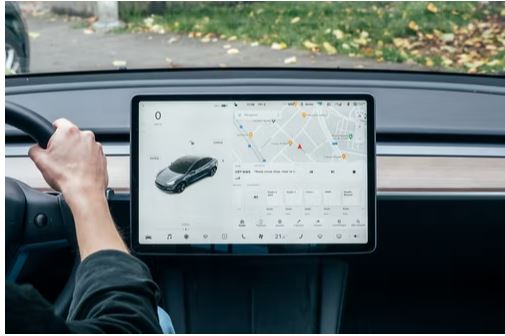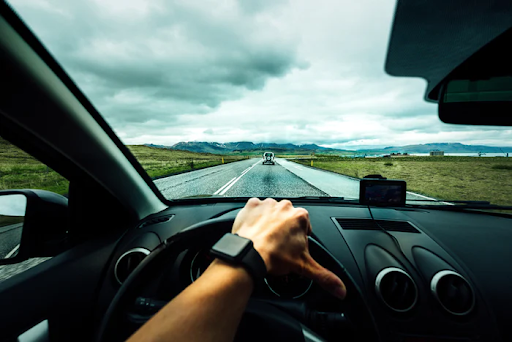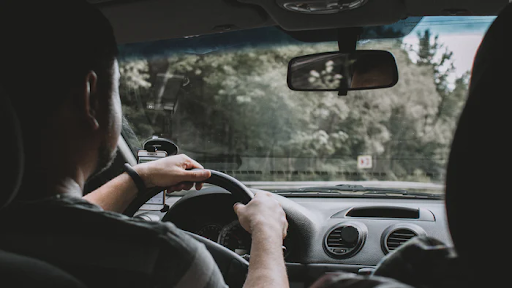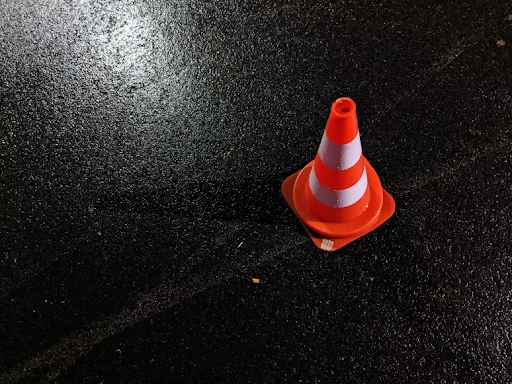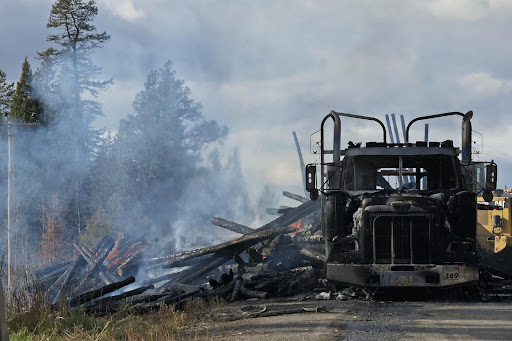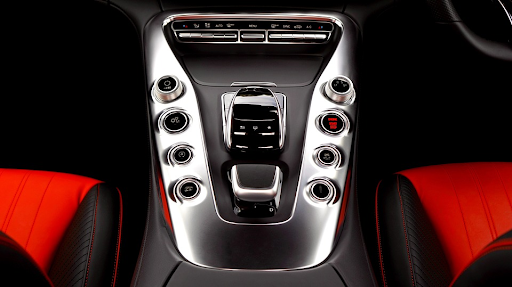4 Tips To Help You Stay Safe While Driving Your Car
According to the 2019 Driver Safety Risk Report released by the National Highway Traffic Safety Administration (NHTSA), human error is responsible for 94% of all motor vehicle crashes. These accidents affect everything from medical bills to car insurance rates. While there is no way to eliminate human error and the possibility of getting into a car accident, you can take some simple steps to help reduce your risk and stay safe while driving.
1. Pay Attention to Other Drivers
Often, accidents are caused by other drivers who make mistakes or fail to follow traffic rules. In such a scenario, you can contact a Car Accident Lawyer in Woodstock to help you with the process. That’s why it’s essential to always be aware of your surroundings and pay attention to other drivers on the road, even if they seem to be driving safely. Don’t attempt to engage in high-risk behavior like speeding, tailgating, or weaving in and out of traffic lanes – this can lead to accidents and even fatalities. Follow the speed limit, use your turn signals, and give yourself plenty of time to come to a stop.
2. Avoid Distracted Driving
Texting, talking on the phone, eating, drinking, and fiddling with the radio are common distractions that can take your attention away from the road. Even a momentary lapse in focus can lead to an accident. So, it’s essential to avoid anything that takes your hands off the wheel. A good rule of thumb is to treat your car as a weapon. This means never driving while tired, drunk, or under the influence of drugs.
3. Drive Defensively
Defensive driving is all about being prepared for anything on the road. Always be on the lookout for potential hazards and have a plan in mind to avoid them. For example, if you see a car coming towards you in your lane, know what you will do to avoid getting hit. This could mean swerving into another lane or pulling over to the side of the road. In addition to paying attention to other drivers, be especially cautious when driving in bad weather conditions like rain, snow, or ice. Slow down and give yourself plenty of time to brake.
4. Maintain Your Vehicle Regularly
It is vital to watch out for other drivers, but you should also watch your vehicle. Ensure your tires are properly inflated, and the treads are in good shape. Check that all of your lights and signals are working correctly, and be sure to replace any worn brake pads or other parts that could cause a problem when driving. You should also have your car professionally inspected at least once a year to help catch minor problems before they become big ones.
If you follow these tips, you’ll be well on your way to driving safely. Remember always to stay alert and focused while behind the wheel, and never engage in any risky behaviors. Your safety and other drivers’ safety are essential, so take precautions and drive defensively. Contact a lawyer if you have been in an accident to get more information about your legal rights and options.
